Rarity is a strange condition. Some items are rare because very few were produced. Some items are rare because they were poorly built and did not hold up as time passed. Others were used up and the remnants were cast into the trash. This 1933 Willys coupe’s incredible rarity is due to multiple factors. First, when it was built economy car buyers were faced with several better choices, so sales were relatively low. Second, many considered these four-cylinder economy cars not worth saving when they became old. Of those survivors, a disproportionate number ended up in the hands of drag racers and hot rod builders. Finding an original is problematic, but luckily reader Patrick S. found this seldom-seen Willys for us to peruse!
In 1933, Willys-Overland slid into receivership despite years in the automotive business. The Depression was raging, and companies that thought it was another brief economic downturn were reeling. Willys, despite financial troubles, debuted their new Model 77 economy car that year. Competing at the bottom end of the market with such automotive giants as Ford, Chevrolet, and Plymouth, the smaller company would struggle to survive in a market where customers were forced to be parsimonious with their limited funds. Despite production reaching just 12,800 in 1933, the basic design of the 77 was slowly upgraded over the decade and would keep Willys-Overland afloat until World War II was on the horizon.
While Ford had introduced its famous Flathead V-8 just a year earlier and both Chevrolet and Plymouth had inline-six-cylinder engines under their hoods, Willys powered the 77 with a 145 cubic inch inline-four cylinder engine that produced just 48 horsepower. That choice was both out of necessity and for specific reasons. Willys was trying to produce the least expensive car they could with hopes of capturing the lowest part of the market. The engine choice was also an economic selling point. The diminutive car’s weight combined with a smaller engine allowed it to get up to 25 miles per gallon. Foot to the floor, the 77 topped out at a heady 65 MPH.
So how did this little Willys coupe survive? According to the seller, their grandfather purchased it from an old school teacher in New Jersey. From there it was passed down through the family.. When it arrived at its new home with the seller, the car ran. Unfortunately, we are not given a time frame for when that happened. We are told that it will need all of the fluids change before the next owner attempts to return it to the road. The seller does say that they have faith that it will run.
Inside we see that the car is complete and quite spartan. Befitting an economy car, there are no extra features evident. Back then, items we take for granted such as clocks, radios, and even heaters were only seen as standard equipment on more expensive automobiles. Going back to the New Jersey school teacher that was the original owner, the drive to the schoolhouse must have been a bit bone chilling during those New Jersey winters.
Under the hood is the four cylinder powerplant that allowed the Willys 77 to get such good fuel mileage. While we now have full-size trucks that can claim to be so miserly with fuel, back then 25 mpg was an exceptional number. Perhaps that comparison is not fair. Gasoline back then had a lower octane number, thus necessitating lower engine compression to prevent detonation. Lower compression meant less horsepower and less efficiency for similar sized engines. To put that 25 MPG number in perspective, most accounts of Model A Ford fuel mileage were around 16 to 19 MPG. The “little engine that could” pictured above appears to wear many of its original parts. Hopefully, someone who reads this article will purchase the car, get it running, and check in with us on how fuel efficient it is.
Perhaps the biggest hope is that this highly original car is left in stock condition and not made into a hot rod. The smaller size and lighter weight of the Willys 77 made it a favored vehicle for people who wanted a light car to transform into a terror at the drag strip. Cars like the 1933 model seen here and later Willys with updated styling were hauled out of junkyards en masse to be cut up and rebuilt into something far removed from what rolled off the assembly line so many years ago. It is sad to think that after surviving for so long in its original form, that fate may await this little Willys.
If you could, would you save this distinctive prewar automotive rarity? If so, this 1933 Willys coupe for sale on Facebook Marketplace in Seminole, Florida needs a benefactor. This one-family-owned Willys has just 50,305 miles on its odometer and could be back on the road soon with a little work. While the $78,000 price may be a bit stratospheric, the rarity of this car is quite astounding. It has also been marked sold at the time this article was published! Thanks to Patrick S. for pointing out this amazing prewar find!

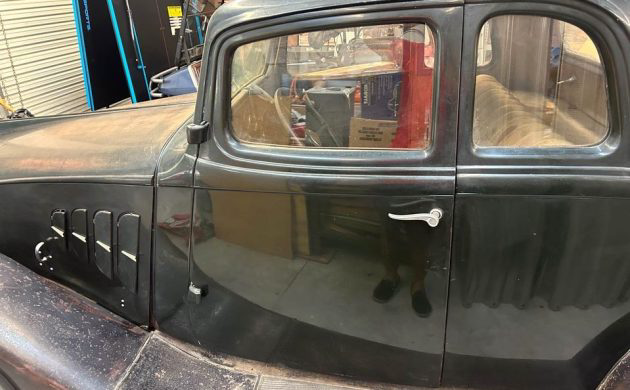
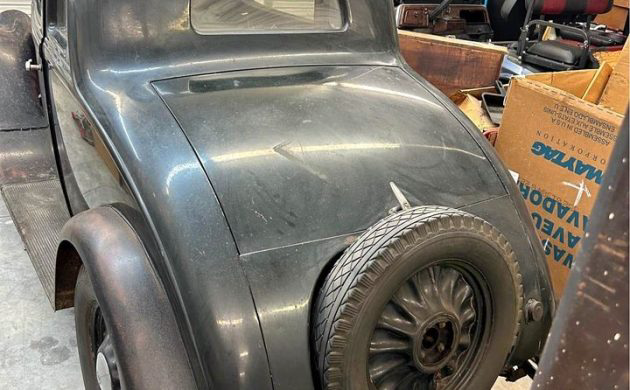
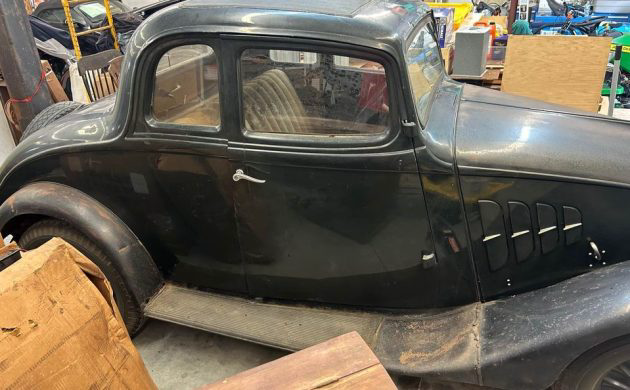
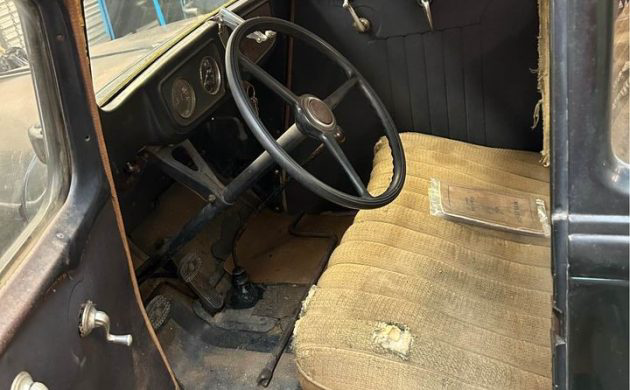
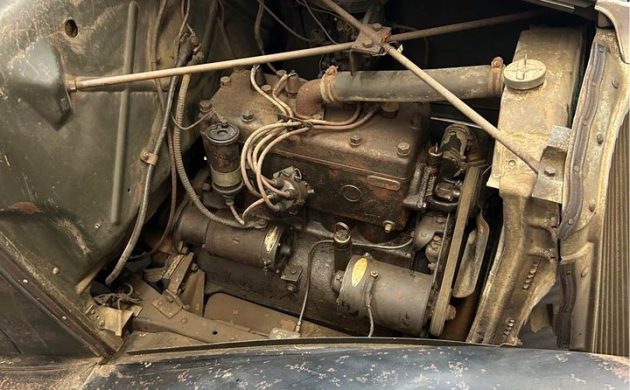





Holy smokes ! That’s one expensive Willys & not even the gasser type 1940 model
I’ve seen a stock ’40-42ish Willys but it was a sedan which may be why it was spared.
This is only the second all original 1933 Willys coupe I’ve ever seen. The other one was a completely restored two tone green example at the Street Rod Nationals back in the eighties in Columbus Ohio.
The advertisement says it’s sold. I guess the price wasn’t that scary for someone to inquire about it.
I’m glad the author mentioned its drag racing heritage. Just look up “1933 Willys gasser” and you’ll see why. How this car escaped that fate is nothing short of a miracle. Fact is, the Willys gasser made the car much more famous than the street version could have ever hoped for. Sometimes I’ll catch a vintage drag racing film from the 50s, and the Willys gasser was without a doubt, the most popular car to race. Hopefully, we’ve gotten that out of our systems by now, the world doesn’t need another gasser, but would be fun to take this to events, this is what started it all. I know I paint a bleek future for classic cars, but I will hold out that there is enough interest to save this car as is. Very cool find.
Wow I have never seen a stock one, only street rods and gassers for drag racing but that’s a pretty hefty price.
One too many zeros in the price!
Fair asking price for a complete original stock Willys. Definitely one to preserve to show the origins of the evolution in several areas. Drag racing, fuel economy, lighter engineering, and smaller styling.
Second day in a row that BF presents a vehicular unicorn. I’ve seen the gassers of course but an unmolested stocker; not that I recall. I was quite surprised by the asking price but apparently someone is down with it. I sure hope that the new owner preserves this in stock presentation.
We use to race one in the 60s. They were light and had a high center of gravity. Perfect for a gasser. Long enough wheel base to go into supercharged class too. Ours had all components in fiberglass except the shell. Back then you had to use the original chassis too.
Yep, and the front spark plugs over the axle, needed for som gasser classes
Excellent photography. Not.
Put in a stroked small block and a race prepped powerglide and let her rip.
It’s like everybody crying that Zeppelin ripped off the old blues masters.
When’s the last time you dropped the needle on a Willie Dixon disk? But the first notes of Black Dog? You’re all in.
Hey Jeff- Nice write up! You’re welcome. This is one of my favorite cars. I’d have to leave it stock and just get it running like Chip Foose did recently with a 32 Ford Model A.
https://www.youtube.com/watch?v=wjiEshbIw_A
Facebook account looks fishy…..
Hello Jeff! I am the buyer of the Willys in question. I would love to get in touch with you so that you are able to follow up on the fate of this “Seldom Seen” wonderfully preserved 1933 Willys.
We can get in touch via the email attached to this comment. Thank you!